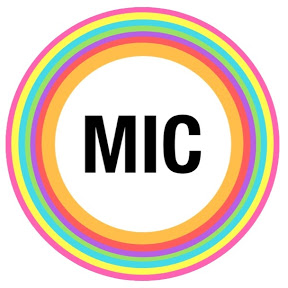
Today, technology plays an important role in fashion. The fashion industry is changing to adapt to the new era, incorporating the latest technologies to supply the necessities of customers.
Technology is revolutionizing the fashion industry with the creation of smart fabrics, which are textiles that have intelligent systems that can monitor or communicate with the environment and recognize and process the wearer’s status.
Smart fabrics are sophisticated and are sometimes labeled as wearable computers. They vary in price and function. There are two different kinds of smart fabrics. They can be aesthetic fabrics or performance fabrics.
The performance fabrics are divided in three categories depending on their performance: Active, passive, and ultra-smart fabrics.
Aesthetics Fabrics
The fabrics created to enhance aesthetics may include lighting, sensors, sound, and other elements to provide clients with a multisensory experience.
Intelligent aesthetic materials, which can light up and change color, are employed in the fashion business, according to an article from thetechfashionista titled: “Smart Textiles in Fashion: What They Are, Types & Exciting Examples” by Thalia Barrera.
These fabrics are used in social events like weddings, exhibitions, and fashion shows to show the creativity and innovation of the fashion industry in the modern era.
Performance Fabrics
The fabrics that improve performance are created to supply different necessities to people to enhance their performance. Those fabrics are divided in three categories according to their performance.
1)Passive Fabrics
Passive smart fabrics are sometimes called the “first generation” of intelligent textiles.
Some examples of passive smart fabrics are UV protecting clothing, conductive fibers, plasma-treated clothing, and waterproof fabrics.
They are good to wear every day to get extra protection from the environmental conditions, but once those conditions change, the clothes remain the same.
For instance, a cooling cloth may help regulate body temperature but does not actively provide coolness. Simply said, the fabric’s structure helps liquid evaporation proceed more quickly, according to Thalia Barrera in her article “Smart Textiles in Fashion: What They Are, Types & Exciting Examples’ ‘ from thetechfashionista.
2)Active fabrics
Photo Credit: popularmechanics.com
These fabrics adapt and change according to the environment conditions and the human inputs,
such as motion and weather.
Electricity is needed to activate control systems and sensors in active fabrics.
The active fabric serves for specific needs in different seasons to help humans to deal better with the harsh weather conditions.
For instance, the heated jacket is a wintertime invention that acts as a heater source to keep people warm for long periods of time. It has a battery inside that needs to be powered up to turn on the control system to make the fabric of the jacket warm.
3) Ultra-smart fabrics
Photo Credit: ignasisayol.com
They act the same way active fabrics act, but they go a step farther.
“An ultra-smart textile is made up of a unit that functions similarly to a brain, with cognition, reasoning, and activation capabilities,” wrote Thalia Barrera in her article “Smart Textiles in Fashion: What They Are, Types, and Exciting Examples” for thetechfashionista.
They are created to give the user more technological functionality, adding additional value to the designs.
Ultra-smart fabrics are usually more expensive than any other fabrics, and they are sometimes exclusive to a specific audience that has the resources to buy them.







